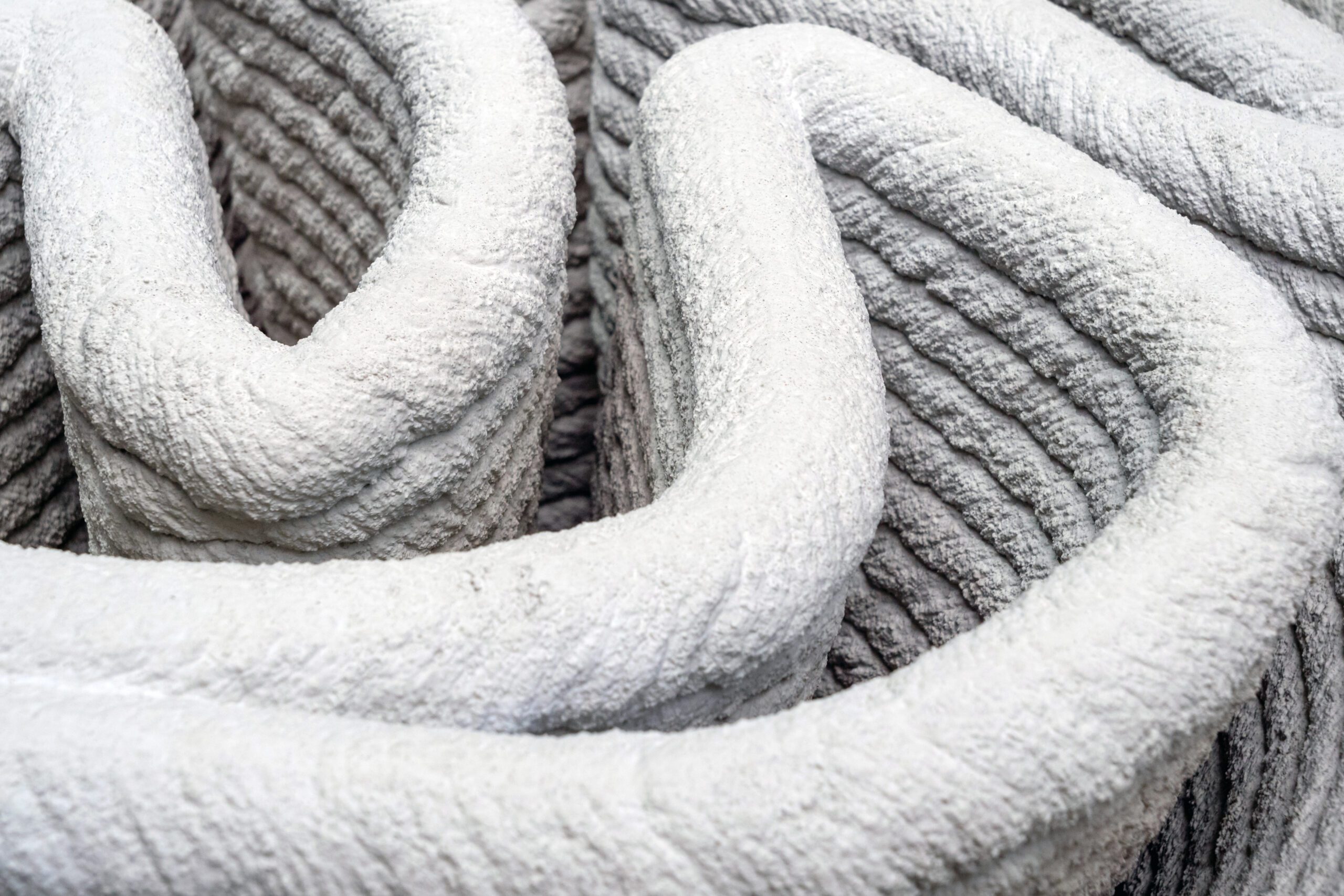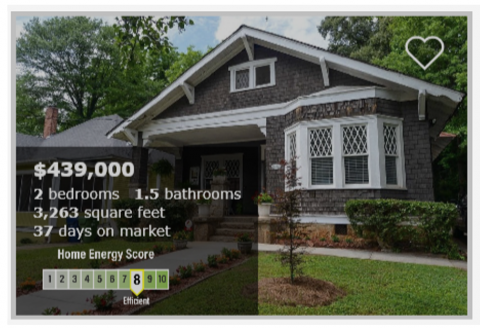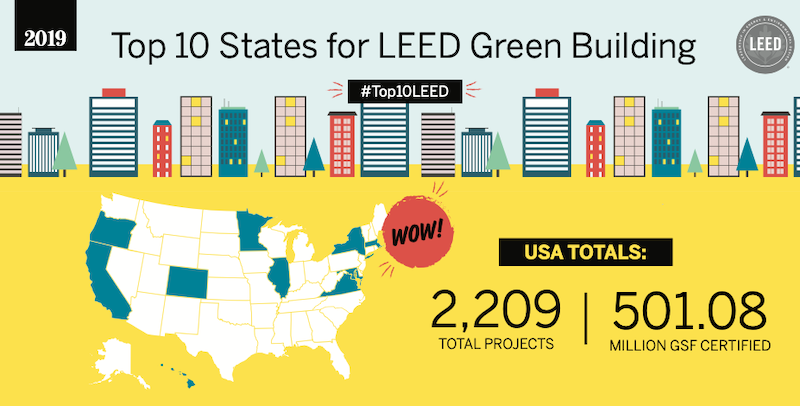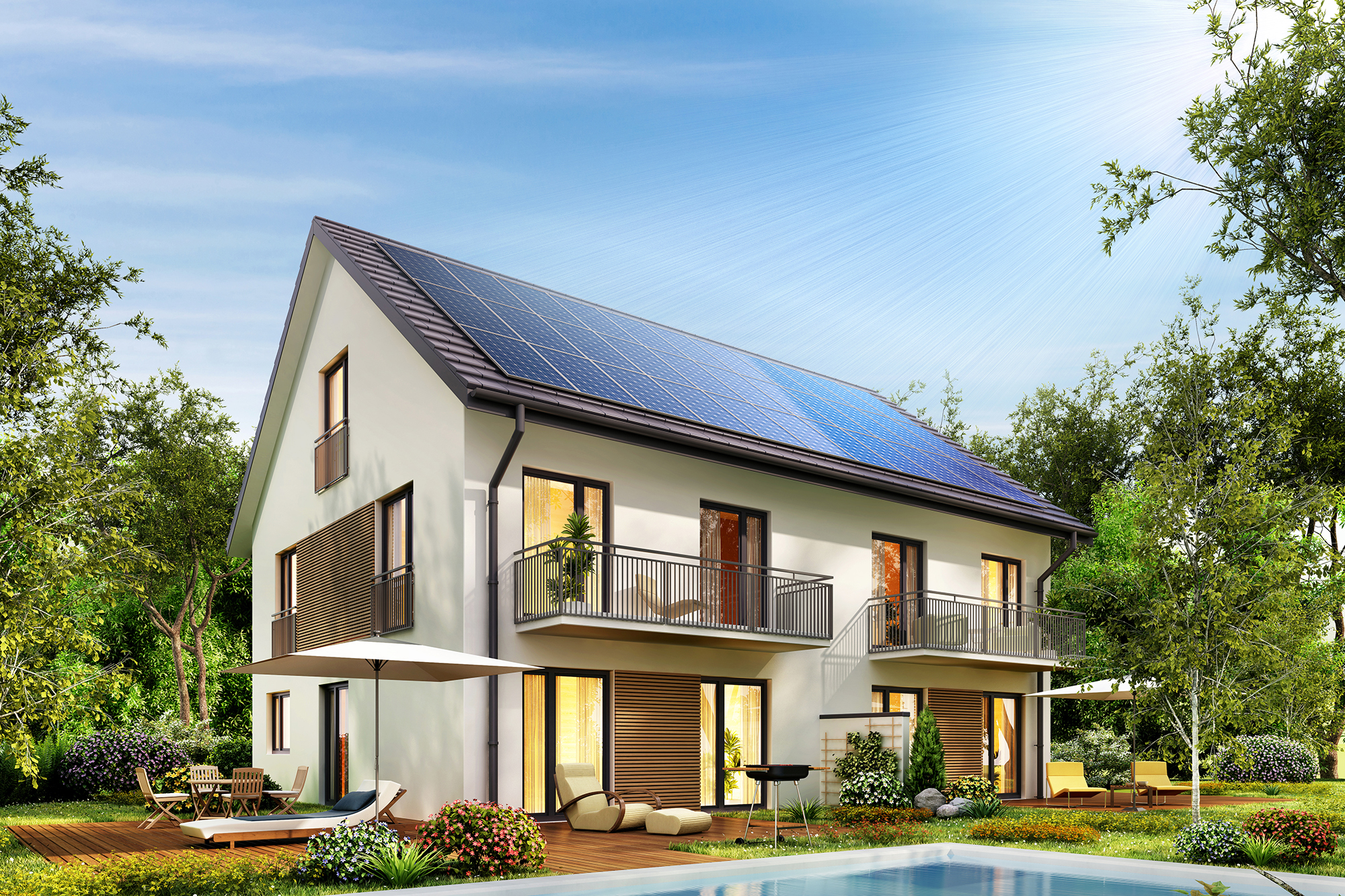New homeowner Evelyn Cagnetti recently contacted NAIMA to share her frustration about her new Energy Star home, which she had built in February of last year. Shortly after moving in, Evelyn noticed that the upstairs was hot, stale, and stuffy during the winter months. Still, she didn’t know why until she checked the second-floor ceiling and found insulation remnants but no insulation.
Details »Insulation Institute Blog
Posts Categorized: High-performance Homes
Could Your Next Home Be 3D Printed?
The U.S. housing market saw a record low supply of homes for sale at 1.16 million in April, down 25 percent from the prior year. With demand driven by the lowest fixed mortgage rates in 50 years, a current housing shortage at 4 million homes nationwide,[1] and higher costs for building materials, land, and labor, any home building option that promises to speed construction while reducing costs is attractive. Enter 3D printed homes – an efficient, cost-effective, and resilient option for new home construction.
Details »New Data Shows Strong Appeal of HERS
Home Energy Efficiency Data Can Sway Buyers
In real estate, the mantra of top sales professionals is “location, location, location.” While location is of course key, a new report from the American Council on an Energy-Efficient Economy (ACEEE) provides a proof point that increasingly, home energy efficiency can also drive home buying decisions. ACEEE’s research shows that including home energy efficiency scores online in real estate listings would lead buyers to choose a more energy-efficient home with lower energy costs. Home builders and sellers who don’t leverage this information could be missing a key opportunity to demonstrate their value proposition.
Details »5 Reasons to Build with Mineral Wool
5 Reasons to Build with Mineral Wool
Chris Laumer-Giddens is an architect and custom builder. He’s an HVAC designer and building enclosure specialist whose current design-build project is a 2,800 square-foot, three-bedroom, two-and-a-half-bath home in Marietta, GA. Given the many hats Chris wears, it’s remarkable that he still finds time to educate others about high-performance, energy-efficient building practices, but he does.
Better Marketing Drives Sales of EE Homes
A new study from the National Association of Home Builders reveals that one-quarter of the features home builders are most likely to include in new construction homes relate to energy efficiency. Despite the popularity of energy efficiency features, some builders are conflicted about them in part because they believe they cannot recoup the investment. Insulation Institute spoke with Sandra Admomatis of Adomatis Appraisal Service for some insight into how builders can shift their focus to leverage energy efficiency in marketing fully.
Details »Real Challenges of Uniform Code Enforcement
Thomas Branch is president of Comfy House, a Pennsylvania-based home performance company that specializes in building energy modeling, energy efficiency retrofits, and energy efficiency inspections. As a RESNET and BPI certified rater with decades of experience in the business, Branch is qualified to speak about the deficiencies he sees in energy code enforcement. Insulation Institute recently spoke with Branch about what he sees as a noticeable decline in code enforcement and how the system should change.
Details »Realtor Sees Uptick in Video Tours
Video home tours are not new in real estate, but the current COVID-19 health crisis is driving an increase in these digital tours, according to Mike Swinney, a Northern Virginia-based realtor. Swinney has more than 12 years’ experience selling homes in one of the hottest housing markets in the nation. Swinney estimates a 50 percent volume increase in digital tours in recent weeks. While the growth may largely be attributed to health concerns, many experts in the housing industry predict the uptick in digital tours will remain when the crisis wanes.
Details »The Top 10 States for LEED Green Building
Leadership in Energy and Environmental Design (LEED) is the most widely used green building rating system in the world, and the number of LEED-certified buildings in the United States continues to grow. The U.S. Green Building Council (USGBC) recently released the top 10 states for LEED Green building in 2019, a year in which the total number of certified projects reached 1,181.
Details »Number of HERS-Rated Homes Grows
The number of HERS-related homes in the United States continues to expand, according to new data released by Residential Energy Services Network (RESNET). In 2019 a total of 241,909 homes in the United States were HERS-rated compared with 236,116 in 2018. That is an increase of 5,793 homes in one year. To date, 2.7 million homes have been HERS-rated.
Details »









